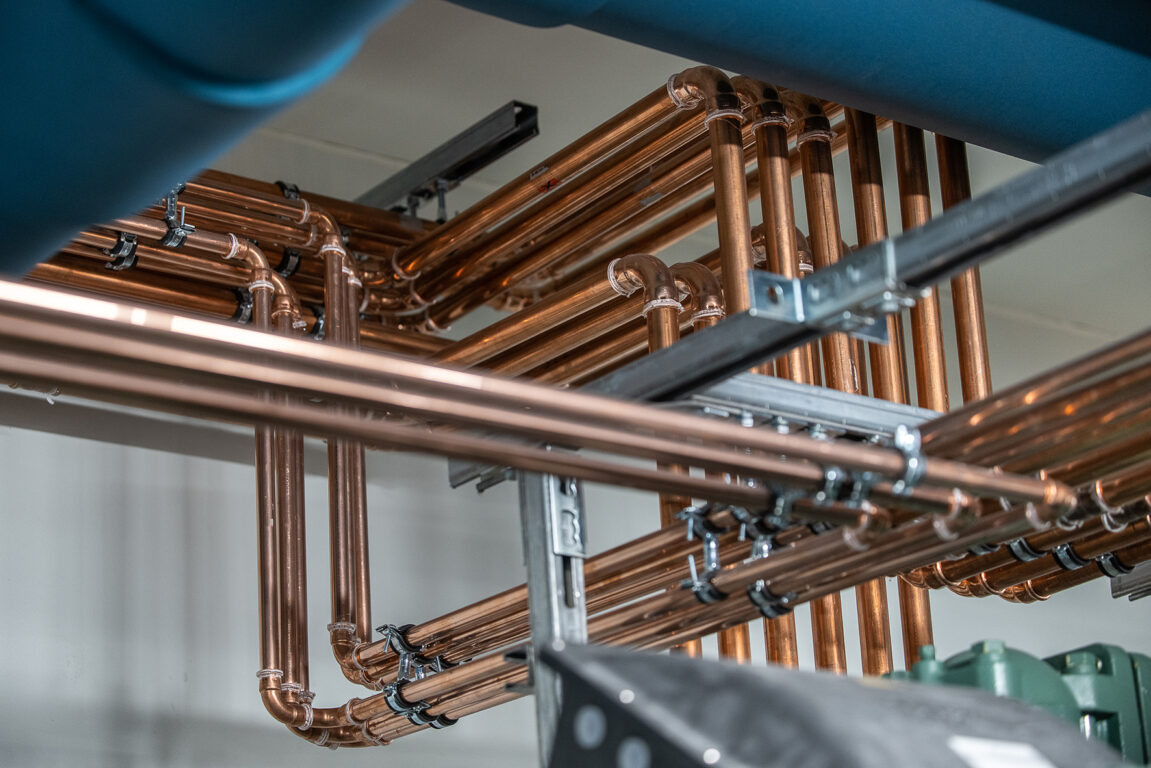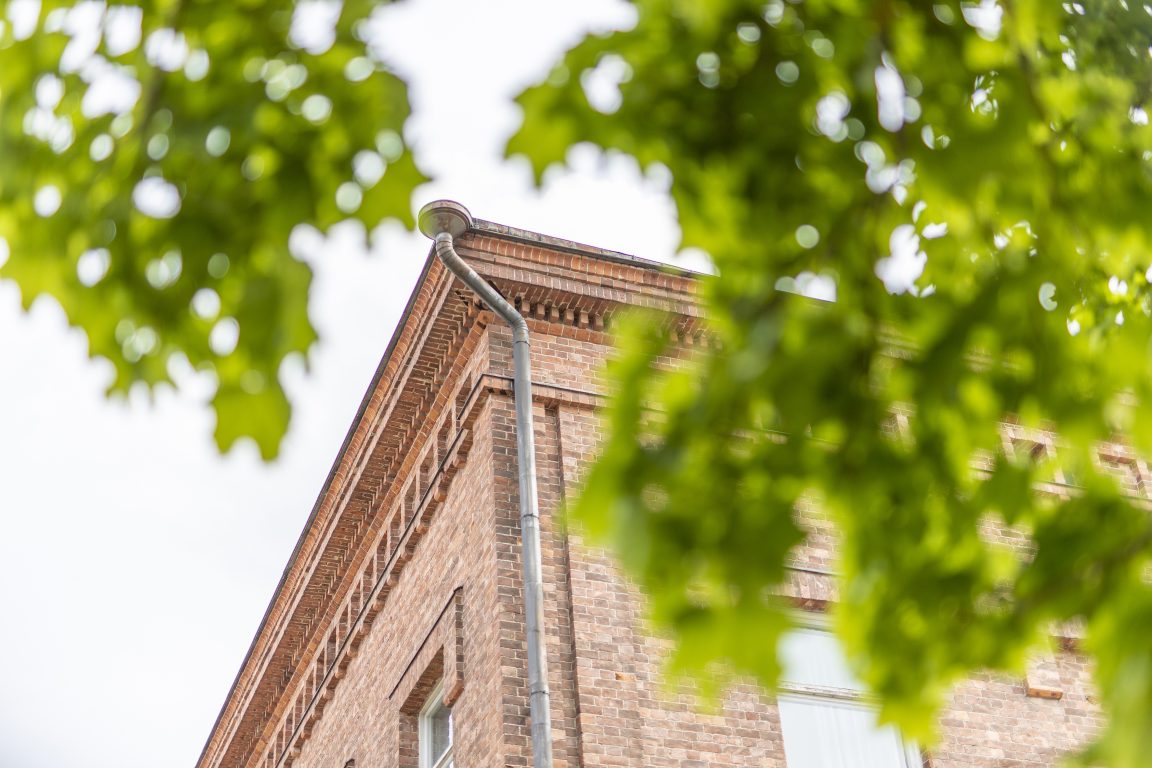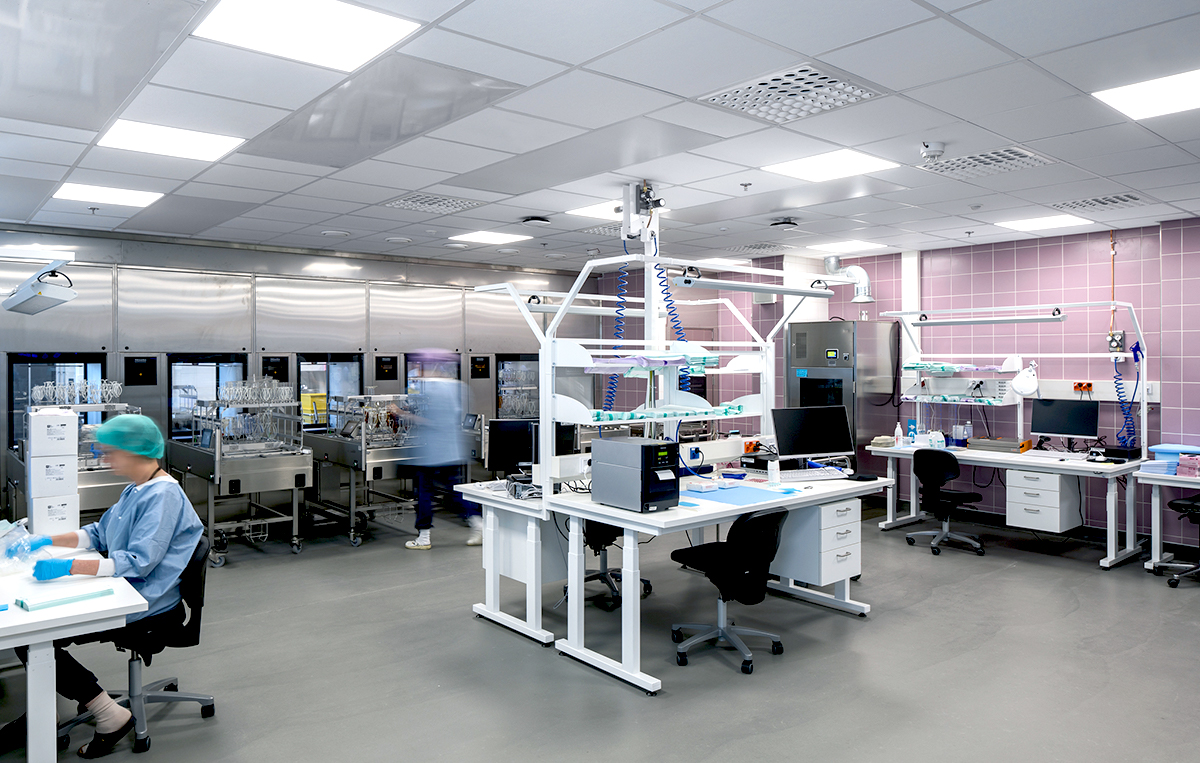Data-driven building is future-proof
6.11.2020 – The fast-evolving ways of working and studying together with the accelerating digitalization challenge real estate owners to find new solutions and provide first-rate user experience in the transforming environment. How can an innovative data platform help navigate the change and make buildings more adaptable, user-friendly and energy efficient?

Started in 2018, the Finnish-German BIMLIFE aims at creating a digital platform for building information management. “There is a lot of building information available, but it’s scattered across different systems and applications as well as Excel spreadsheets”, says Francisco Forns-Samso, the BIMLIFE Project Manager at Granlund. “With the digital platform, we are able to integrate data sources and maximize the value of existing data to the building stakeholders”.
Use cases identify the different data needs
At the start of the project, the focus point was to identify and understand the data needs for different stakeholders of the building. “Raw data as such rarely benefits building stakeholders. Our emphasis is on refining and analysing the data according to the use case and the intended user”, says Francisco Forns-Samso.
Located in the heart of the university campus, the Kampusareena in Hervanta, Tampere is one of the pilots for the BIMLIFE project. Owned by The University Properties of Finland Ltd (SYK), Kampusareena is a multi-use building where students, teachers and researchers from University of Tampere collaborate with IT and technology companies located in the building.
Based on research studies and interviews, specific use cases were formulated for all four pilot buildings – two located in Germany and two in Finland. “Our use cases center strongly on end-user value and on monitoring the user experience to gain real-time data about the use of facilities and feedback from the users”, says Suvi Nenonen, Work and Learning Environments Specialist at The University Properties of Finland Ltd/SYK. “The owner’s needs for operational cost and energy efficiency data are also well represented in the use cases”.
For example, facility manager wants to monitor the occupancy rate of various facility types or the user satisfaction. The OPEX benchmarking view collects operational cost data and allows the building owner to compare different operational cost both within their own portfolio as well as to the average cost for similar buildings. The dashboard shows where there is potential for cost savings and where to make investments profitable to the building’s life cycle value.
Data helps navigate change
The role of the building owner is in a constant change. “We are currently living amidst two major trends. One of them is digitalization. The other is the shift in ways of working and learning. The COVID-19 has accelerated the speed of these megatrends”, Suvi Nenonen explains.
The digital data platform brings new insights and supports the decision-making process. “We need exact and applicable information to make the right decisions and reshape our user experience. For instance, how are different facilities being used? What kind of changes should we make now and in the future?”, says Suvi Nenonen.
Technology and data as our co-workers
One key role for data is to help understand the fast-developing digital culture and changes shaping the landscape of real estate stakeholders. “We don’t just own physical buildings anymore. Data is as integral part of a building than an electric cord”, Suvi Nenonen notes.
”Data moves and changes faster than buildings. A critical question is, can we perceive technology and data more as our co-workers. I believe that being future-proofed is defined by how we can develop more human digital culture and use technology based on people’s needs”.
COVID-19 increases the need for transparency
The global pandemic has significantly built up the need for accurate information. The data platform gives the users a real-time view on the building. “As part of the project we are developing a mobile application that provides the building users data about indoor conditions such as CO2 levels. Users can also check how occupied certain facilities are at a specific time. The property maintenance can use the same data to schedule cleanups”, Francisco Forns-Samso mentions.
Interested in BIMLIFE Platform?
If you want to take a closer look at the BIMLIFE data platform, please contact Francisco Forns-Samso for a demo and further information.
What is BIMLIFE?
Started in 2018, BIMLIFE is a Finnish-German collaboration project focused on creating a world-class digital platform for integrating data and managing building information. Partnering in BIMLIFE are Granlund from Finland and Europe’s leading application-oriented research institute Fraunhofer from Germany.
Through efficient use of building information models, existing automation systems, IoT and Big Data, the platform supports decision-making in the real estate industry. BIMLIFE aims at increasing the energy efficiency and lifecycle value as well the user experience of buildings.
Tools developed and used in BIMLIFE:
- OPEX benchmarking dashboard for comparing OPEX at a portfolio level
- Digital Twin for visualizing and monitoring e.g. indoor air quality, building automation systems and maintenance requests
- AR4FM – mobile application using augmented reality to optimize building maintenance and repairs
- VR4RE – 3D-based tool for virtual building design and testing
- Mobile app providing building users real-time information on air quality and room occupancy as well as a channel for giving feedback and making service requests.
Want to hear more?










